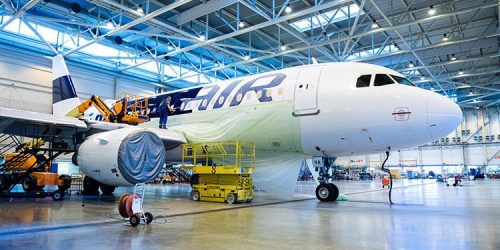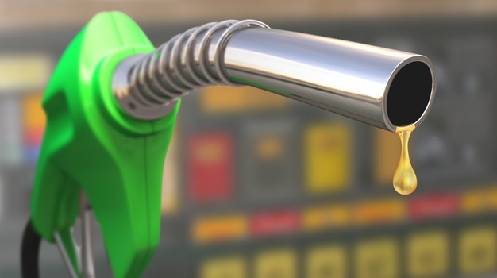Deciding when and how to retire an aircraft is a complicated job for airlines, even in normal times. With Covid-19, the world’s fleet has been largely grounded. Many aircraft that might have flown for five, 10 or even more years are being sent to have their valuable parts and systems stripped, and their metals and other materials recycled.Finnair is starting to retire its Airbus A319 airplanes — small, two-engined jets that it has spent more than two decades flying around Europe to connect to and through its Helsinki hub. Director of Fleet Management Miika Haatio sat down with CNN to explain how it works.Every individual aircraft has a natural life, Haatio explains:
“Each aircraft, and especially the airframe, has a design service goal. In this case, Airbus has designed the airframe for a certain amount of flights, and done all the testing for the structural integrity for that number of flights.”Some airlines do keep aircraft flying longer, however, for a variety of reasons.These might include not having a direct replacement newer aircraft, like for the Boeing 767-300ER, a relatively small long-distance, two-engined, widebody plane that many airlines were still operating before Covid-19. Some planes have been put on longer routes, so they have flown proportionally fewer flights. And sometimes it just makes financial sense, even outside a pandemic.
Calling time on an airplane
As we talk to Haatio just after noon on a cold Helsinki December day — the sun rises at 9:20 a.m. and sets at 3:11 p.m. — there are only nine Finnair flights in the skies of the world: an Airbus A321 heading to Malaga, Spain; an E190 regional jet to Berlin; two ATR turboprops to Oslo, Norway, and Gothenburg, Sweden; and widebody jets inbound from Bangkok, Tokyo, Seoul, Beijing and Shanghai.Meanwhile, 1,194 miles away, on a quiet airfield in rainy Gloucestershire, a couple of hours west of Heathrow in the English countryside, Finnair’s first A319, registered OH-LVA, sits waiting to be recycled.The Airfleets database shows that LVA’s first flight was August 25, 1999, and was delivered to Finnair on September 20 that same year. The airline reports that, in its over 21 years of service, LVA performed 32,710 flights across 55,367 hours. If all of the 144 seats on board had been filled on every flight, that would be some 4.7 million passengers transported over its lifetime.
In general, some airlines might prefer from a point of financial principle to spend money maintaining older airplanes such as the LVA rather than buying new ones, although the counterbalance for this is the impressive fuel efficiency gains of newer aircraft. That’s why some planes will fetch quite a sum on the second-hand market.For LVA, however, the writing was on the wall: Airbus’ A319 is a smaller version of its A320 aircraft, and a “shrink” aircraft often loses some of the efficiency of its larger sibling.”In the Finnair operation,” Haatio says, “larger aircraft obviously are more efficient and have less fuel burn per passenger than smaller aircraft. We see a shift towards larger narrowbodies other than the smaller ones. That can be seen also, for example, in the Airbus order books for new aircraft: the larger ones are more preferred than the smaller ones.”Indeed, Airbus’ most recent orderbook data show that only 84 A319neos have been ordered, in comparison with 3,925 of the larger A320neos and of the 3,446 even bigger A321neos.






